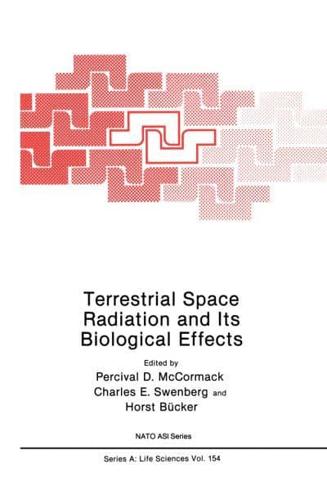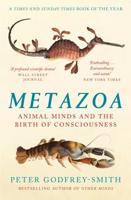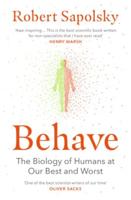Publisher's Synopsis
This volume is based on the proceedings of an Advanced Study Institute (ASI) sponsored by the North Atlantic Treaty Organization (NATO) held October 1987 in Corfu, Greece. The Institute received financial support from the National Aeronautics and Space Administration, U.S.A. Armed Forces Radiobiology Research Institute, U.S.A. Department of Energy, U.S.A. Deutsche Forschungs-und Versuchanstalt fur Luft- und Raumfahrt e.v., Kaln, Germany The advent of the shuttle era is providing fresh impetus for large space ventures such as communication centers, solar power stations, astronomical observatories, orbiting factories, and space based radar. Such ventures will rely heavily on an extensive and prolonged human presence in space doing in-orbit construction, maintenance, and opera- tion. Among the advantages of location in space are the near zero gravity environment, commanding location, and the reception of solar energy and astronomical signals unattenuated by the atmosphere. Central to long-term manned space missions are the problems associated with the effects of exposure to ionizing radiations on humans. Manned space mis- sions in the past have encountered relatively benign radiation environ- ments because of their very short duration and orbit configuration. However, crew stay time of up to a year has been recently achieved by the Soviet space program; and Mars missions lasting several years are under serious consideration.











